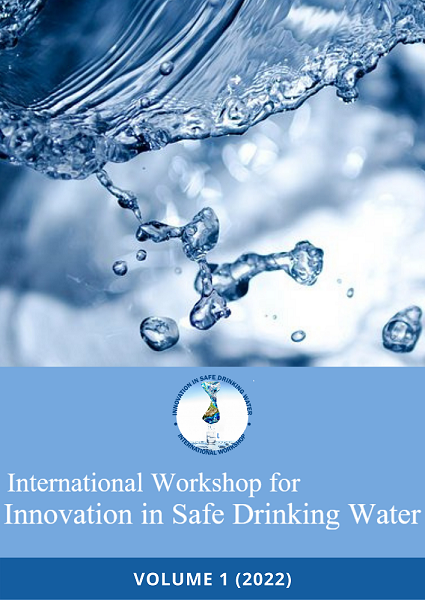Resumo
The water footprint is qualitative and quantitative indicator of water use, which can be defined as the total volume of water used, direct and indirect (water consumption that is measured, and that implicit in the production of goods and services). The index provides managers with a measurable indicator for decision-making in the management of water resources. The research sought to calculate the water footprint of the Barão Geraldo campus, University of Campinas (Unicamp) development a platform, fed with data on water consumption, quantity of meals, and other items, provided by the responsible sector in Unicamp. From the access to the water footprint indices and estimates, technological actions and aimed at sustainability actions can be implemented, incorporating the pillars environmental, social and governance factors into water management.
Referências
HOEKSTRA, A. Y., E A. K. CHAPAGAIN, A.; ALDAYA, M. MEKONNE, M. Manual de Avaliação da Pegada Hídrica. Adaptação do: The Water Footprint Assessment Manual: Setting the Global Standard. Earthscan. 2011. Available from:
https://waterfootprint.org/en/water-footprint/what-is-water-footprint/. Acesso em: 12/09/2022.
HOEKSTRA, A. Y., E A. K. CHAPAGAIN. Globalization of Water: Sharing the Planet’s Freshwater Resources. Blackwell Publishing, Oxford, UK, 2008.
HOEKSTRA, A. Y., Chapagain, A.; Aldaya, M. Mekonne, M. Manual de Avaliação da Pegada Hídrica. Adaptação do: The Water Footprint Assessment Manual: Setting the Global Standard. Earthscan. 2011.
FALKENMARK, M. AND ROCKSTRÖM, J. (2004) Balancing Water for Humans and Nature:The New Approach in Ecohydrology, Earthscan, London.
SILVA LCP, VILLALVA MG, DE ALMEIDA MC, BRITTES JLP, YASUOKA J, CYPRIANO JGI, et. al. Sustainable Campus Model at the University of Campinas, Brazil: An Integrated Living Lab for Renewable Generation, Electric Mobility, Energy Efficiency, Monitoring and Energy Demand Management. In: Leal Filho W, Frankenberger F, Iglecias P, Mulfarth RCK, editors.
Towards Green Campus Operations: Energy, Climate and Sustainable Development Initiatives at Universities. Springer International Publishing; 2018. p. 457–472. Available from:
https://doi.org/10.1007/978-3-319-76885-4_30. Acesso em: 12/09/2022
ORGANIZACOES DE NAÇÕES UNIDAS, Objetivos ODS Agenda 2030, 2015 - Available from: https://brasil.un.org/pt-br/sdgs/6 Acesso em: 12/09/2022

Este trabalho está licenciado sob uma licença Creative Commons Attribution 4.0 International License.
Copyright (c) 2022 André de Souza Justo, Bárbara J. Teruel, Hildo Guillardi Junior
